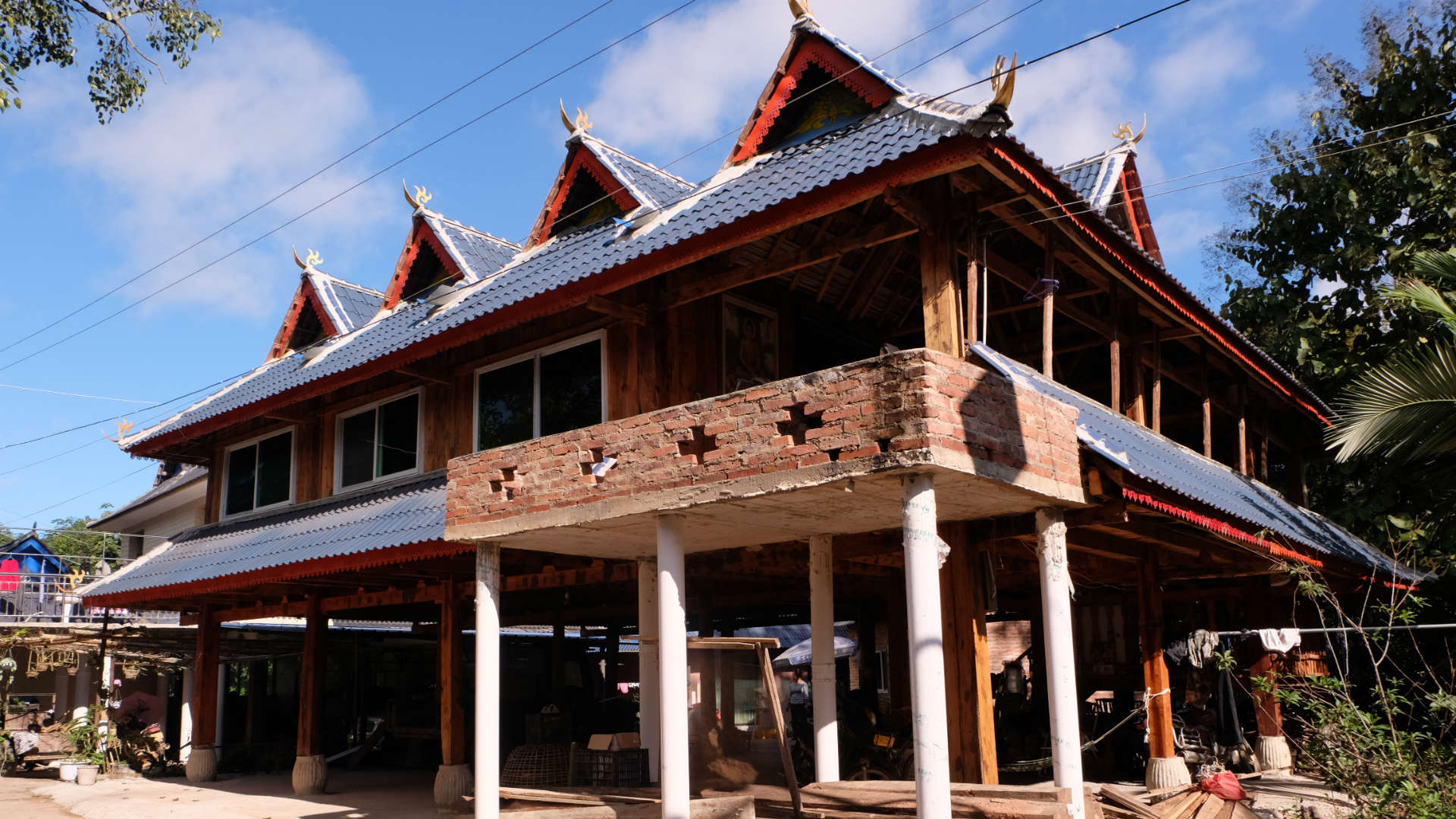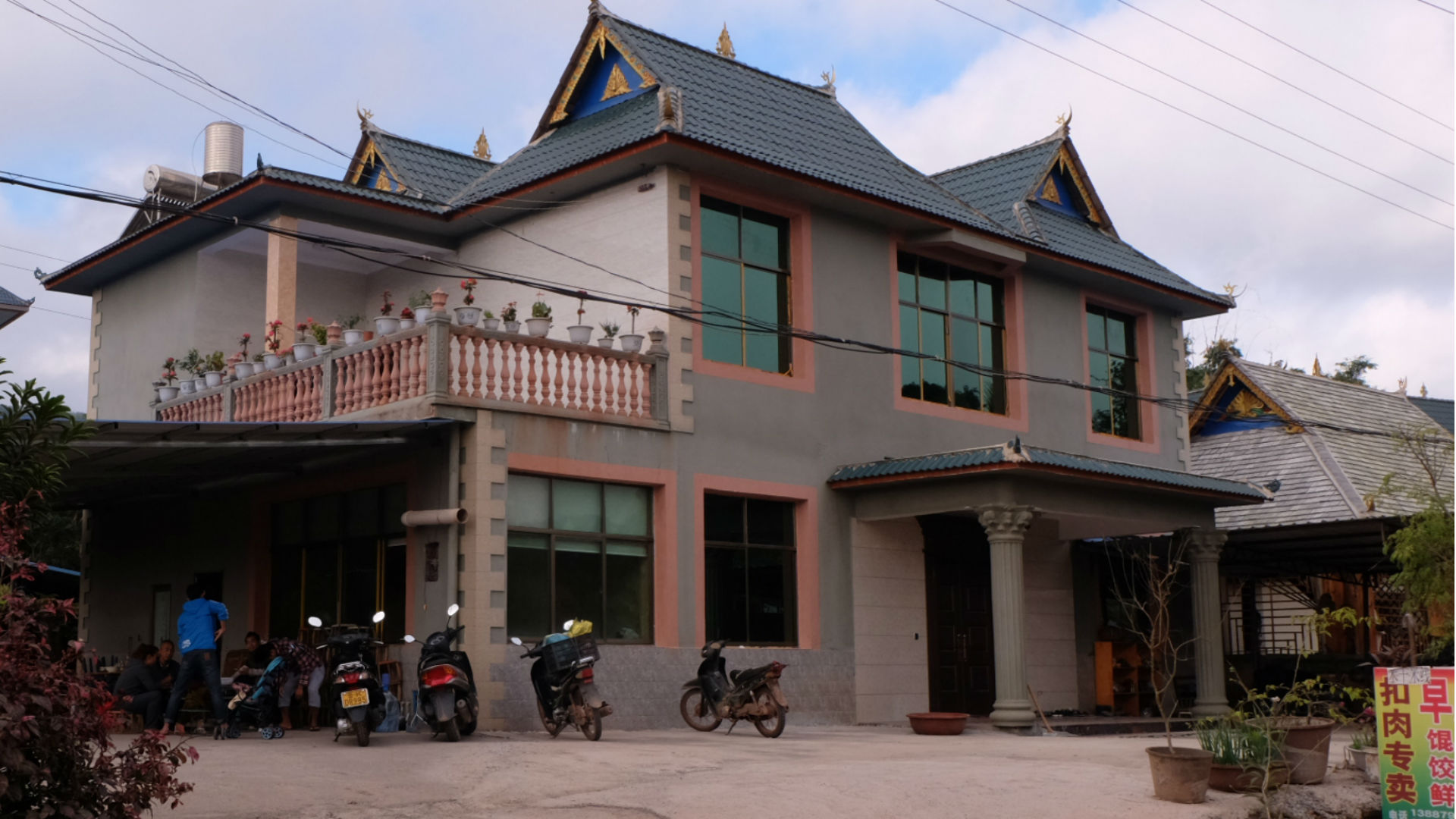Modernising China's villages
Research from academics in the University of Huddersfield’s Centre for Urban Design, Architecture and Sustainability is helping to modernise villages in China while preserving the important traditions of rural life.
The Sustainable and Creative Village Research Network is advising academics, architects, planners, local administrators and villagers in Southwest China. Its work stems from the expansion of China’s cities in recent decades, which has seen large numbers of the rural population moving to urban areas, driven by the prospect of higher living standards.
Consequently, the region has a large low-income rural population. China’s government made revitalising the area and its people a priority in 2005, and identified its large numbers of traditional villages for preservation and tourism.
The Network’s aim is to support village modernisation in a sustainable way. It is helping to understand the issues faced, developing better advice on solutions for building design and construction, and promoting heritage skills in rural villages. New buildings are improving living standards, and generating better economic prospects for rural residents.

Professor Adrian Pitts and Dr Yun Gao established the Research Network in 2017. Professor Pitts has a technical background in sustainability and urban development, including work assessing plans for the London Olympics of 2012. Dr Gao has been active in researching design issues in the villages of Southwest China. The research was pragmatic and locally based, starting around 10 years ago following study visits with students. Data on the needs of villagers was gathered, and Dr Gao met with groups in the region ranging from architects to village elders.
“It was clear the rural areas were falling behind the urban areas,” says Professor Pitts. “There has been a lot of movement to the cities, but there are still more than 600m people living in approximately a million villages in China.”
Their collaboration on research into improving buildings and facilities triggered a realisation that the principles of forward-thinking, sustainable urban development could also be applied to villages. This has been reported in academic papers and at conferences, and the award of a Research Network grant from the Arts and Humanities Research Council improved reach and significance. Consequently, a research centre has been established at Chongqing Jiaotong University, and there are discussions about two more.
Modern yet traditional
Reflecting the ethnic and cultural diversity of China is vital to the Research Network. Many of China’s 56 ethnic groups are in the Southwest, a region that shares borders with Laos, Vietnam and Myanmar. The building design in the area has traditionally reflected the heritage of its residents. But earlier housing redevelopment had often failed to reflect inherited traditions because of the rapid adoption of new building materials and technologies. Comfort relative to the location and climate, energy costs and future maintenance were also low priorities at times.

“Architecture scholars were upset that these older, mostly wooden buildings were being replaced by concrete ones,” says Dr Gao. “There have been studies and efforts to preserve them, and we have said, ‘you can preserve a bit of your history, rather than just build a concrete box.’ But the villagers still want modern buildings.”
The Network is acting in a number of ways: students from the School of Art, Design and Architecture have visited villages in Yunnan and collaborated with local students to produce ideas for new buildings. Network members visited the Baili Dujuan area in 2018 to show new designs to residents, from the elderly to children, who were encouraged to give their opinions in a village forum.
Building for a sustainable future
The Network is also advising local authorities and academics on designing shops and arts & crafts centres. With many men of working age having left for the cities, the remaining population has struggled to maintain the traditional reliance on agriculture. China’s government sees potential in tourism, and the Network’s guidance is helping villages to meet this, as well as modernising their housing.
“It’s not just about buildings, it about creating livelihoods. They need more business, they cannot just rely on the chance passing of tourists,” adds Professor Pitts.
Dr Gao and Professor Pitts used examples of redevelopment from close to Huddersfield to demonstrate what can be done. At a meeting at Guizhou Minzu University in early 2018, the industrial villages of Saltaire and Elsecar in Yorkshire were shown as examples of how a traditional area can be revitalised, with benefits regarding jobs and living standards.
The Research Network has also spread the work of the Chinese University of Hong Kong & Kunming University of Science and Technology in developing earthquake-resistant buildings. Partners of the Network in Sichuan province, an area severely affected by seismic activity, are now working to standards on strong yet flexible buildings from the work of those universities, thanks to the Network connecting the relevant people.
“We facilitate information exchange and collaboration,” says Professor Pitts. “We step back from instruction, and see our role as enablers through the research we have done and the contacts we have made. We use our experience in the UK to suggest to our partners in China how sustainable, responsible development can be done.”

Partners
Chongqing Jiaotong University, Yunnan Arts University, Guizhou Minzu University, Chinese University of Hong Kong, Beijing University of Technology, Xi’an Jiaotong Liverpool University.
Research network funded by the Arts and Humanities Research Council, UK.

Prof. Adrian Pitts
Professor of Sustainable Architecture, Department of Architecture and 3D Design
Adrian joined the University in 2012 and leads the Sustainable Environments and Practice research group within CUDAS (the Centre for Urban Design, Architecture and Sustainability) in the Department of Architecture and 3D Design. He has taught environmental and energy efficient design, supervised numerous research projects and research students, and published widely over a period exceeding 25 years in three different Universities.

Dr. Yun Gao
Departmental Lead, Teaching & Learning, Department of Architecture & 3D Design
After receiving her Ph.D from the University of Edinburgh, Yun worked with architectural practices in Bristol and became a RIBA (Royal Institute of British Architects) Chartered Architect and ARB (Architects Registration Board) Registered Architect before joining the University of Huddersfield in 2005. Yun has held a Visiting Professorship at the Yunnan Arts University in China since 2010 and was awarded the title of Distinguished Professor in Chongqing Jiaotong University from 1st January 2017 to 30th December 2018.
Summer 2018 issue
Return to the home page for the Summer 2018 issue of Discover.
Next article
The lives of the children of imprisoned parents are improving due to a project and research led by the University.